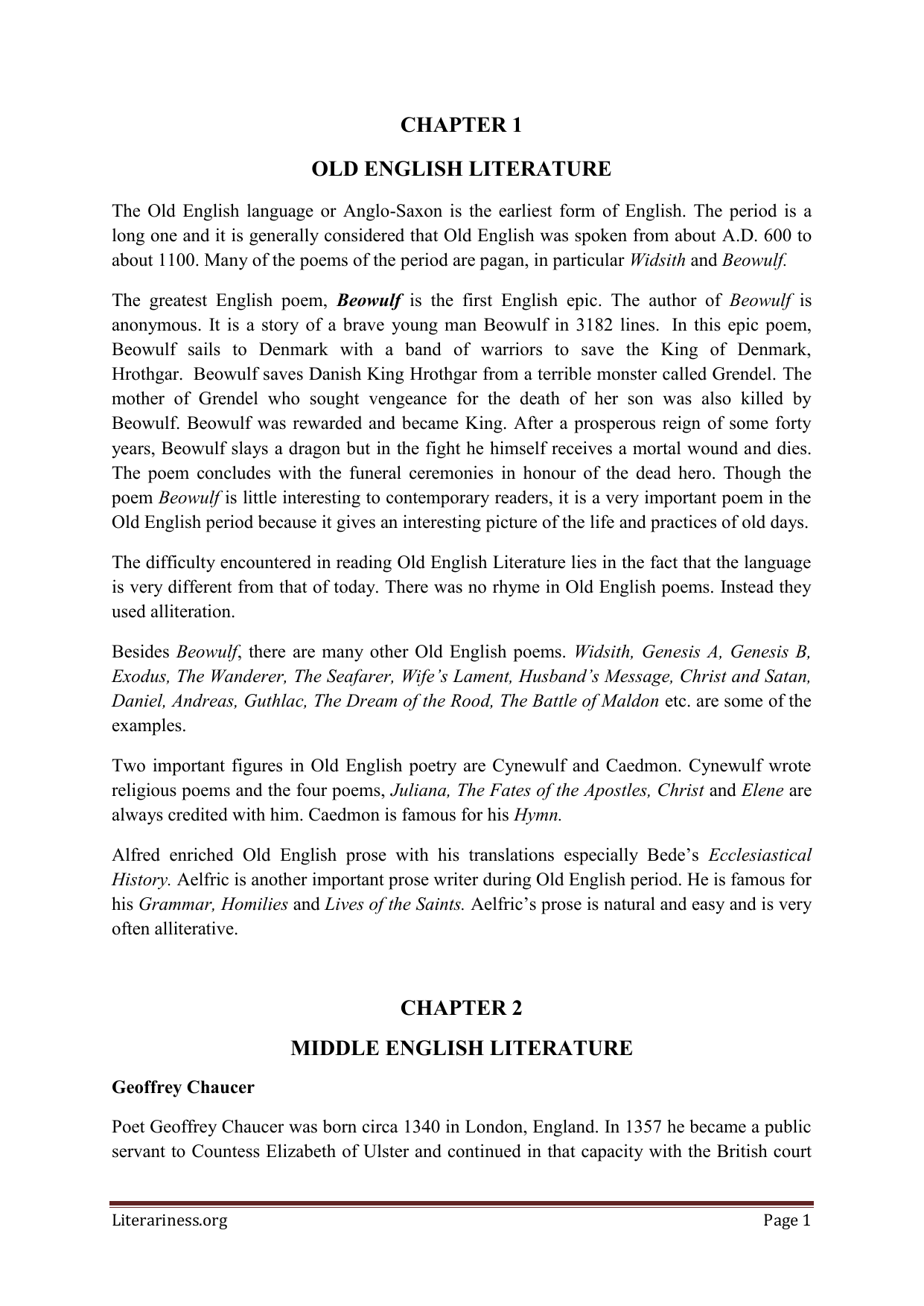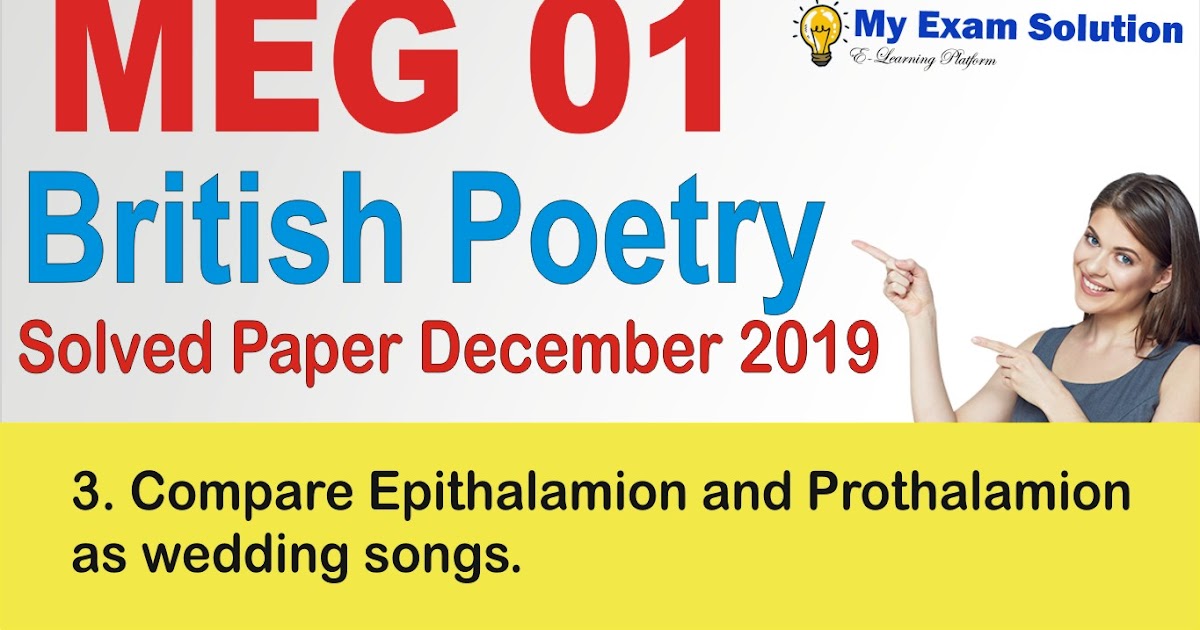- Prothalamion Poem Line By Line Explanation Analysis
- Prothalamion Poem Line By Line Explanation Examples

The poem is titled Prothalamion; or a Spousall Verse in Honour of the Double Marriage of Lady Elizabeth and Lady Katherine Somerset. Eliot uses the refrain line of this poem- “Sweet Thames” in his poem Wasteland in 1922. The poem begins thus: “calm was the day and through the trembling air”. English CBSE Class 12 NCERT Flamingo Poem 6 Aunt Jenifer’s Line by Line Explanation and Meaning of Difficult Words English CBSE Class 12 NCERT Flamingo Poem 6 Aunt Jenifer’s Line by Line Explanation and Meaning of Difficult Words AUNT JENIFER’S TIGERS (Explanation) Poet – Adrienne Rich The poet is talking about an old lady. ISC 11 AND 12 POEMS ( REVIRE) Line By Line Analysis of the Poem Crossing the Bar by Alfred Lord Tennyson ISC Class 11 and 12 English LINE BY LINE ANALYSIS OF THE GIFT OF INDIA ISC CLASS 11 AND 12 ENGLISH Critical Appreciation and line by line analysis of A Teenager’s Prayer by J.Morse Maharashtra Board class 10 English LINE BY LINE.
Prothalamion, a spousal verse by Edmund Spenser is one of the loveliest wedding odes. The verse is essentially the wedlock of twin sisters; Lady Catherine and Lady Elizabeth with Henry Gilford and William Peter.
Conversely, on comparison with Epithalamion, the verse is considered less realistic and unappealing. Spenser incorporates classical imagery strongly with a beautiful atmosphere in the poem. The emphasis of renaissance on Prothalamion brings a tinge of mythological figures like Venus, Cynthia and Titan.
Stanza 1:
The poet walks along the banks of River Thames to forget the worries of his personal life. He was completely frustrated with the Job at the court and all he wanted is some mental peace. The cool breeze covered the heat of the sun by reflecting a shade of tender warmth. There are flowers everywhere and the birds chirp happily. The poet as a refrain requests the river to flow softly until he ends his song.
Stanza 2:
The poet happens to see a group of nymphs along the banks of the river. Here the poet makes use of first Mythological figure, the nymphs which are supernatural maidens known for their purity. Every nymph looked stunning and had loose strands of hair falling to the shoulders. Nymphs together prepared bouquets of flowers with primroses, white lilies, red roses, tulips, violets and daisies.
Stanza 3:
As the second mystic entity, Spenser introduces the swans. Swans that swam across the river looked holy and whiter than Jupiter who disguised as a swan to win his love, Leda. But, yes, what Spenser says next is that these swans are shinier than Leda herself. The River Thames requests its waters not to dirty the sacred wings of the swan.
Stanza 4:
The nymphs were all dumb struck watching the swans swim across the river. Swans are usually assigned to drawing the chariot of Venus, the goddess of love. The white lilies are matched to the purity or virginity of the nymphs.
Stanza 5:
As the next step, the nymphs prepare poises and a basket of flowers which look like bridal chamber adorned with flowers. The nymphs on excitement of the upcoming wedding throw the flowers over the River Thames and birds. The nymphs also prepare a wedding song. With all the fragrance of flowers, Thames exactly looked like the Peneus, the river of ancient fame flowing along the Tempe and the Thessalian valley.
Stanza 6:
The song of the nymph mesmerizes with an enchanting musical effect. Here Spenser wishes the couple live forever with swans’ contented heart and eternal bliss as these birds are the wonder of heaven. He also prays to Cupid and Venus to bless the couple with love and care lest they be safe from deceit and dislike. With endless affluence and happiness, their kids must be a sign of dignity and a threat to immoral people.
Stanza 7:
The river Lee, with headquarters at Kent, flows with happiness on such an occasion. As the birds flew above the swans, the sight looked like moon (Cynthia) shining above the stars.
Stanza 8:
Once the wedding starts at London, the poet begins to recollect his encounters at the mansion and the building where the wedding occurs.
Stanza 9:
The Earl of Essex lived in the mighty castle which actually was the venue of the wedding. He was so chivalrous that he served as a danger to foreign countries. His brave attack on Spain shot him to fame and entire Spain shook at his very name. Queen Elizabeth was so proud of him and he deserves to be celebrated with a poem.
Stanza 10:
The Earl of Sussex walked towards the river and he looked fresh with his lovely golden hair. He was accompanied by two young men who were brave, handsome and glorious. They resembled the Twins of Jupiter namely, Castor and Pollux. The men held the hands of the brides and their wedlock begun thereby.
With all the necessary ingredients for a successful verse, Prothalamion is embroidered with long lasting style and simplicity.
Brief biography OF Spenser:

Edmund Spenser (ca. 1552-1599) ranks as the fore most English poet of the 16th century. Famous as the author of the unfinished epic poem The Faerie Queene, he is the poet of an ordered yet passionate Elizabethan world.
Edmund Spenser was a man of his times, and his work reflects the religious and humanistic ideals as well as the intense but critical patriotism of Elizabethan England. His contributions to English literature—in the form of a heightened and enlarged poetic vocabulary, a charming and flexible verse style, and a rich fusing of the philosophic and literary currents of the English Renaissance—entitle him to a rank not far removed from that of William Shakespeare and John Milton.
Spenser was the son of a London tailor, but his family seems to have had its origins in Lancashire. The poet was admitted to the newly founded Merchant Taylors’ School about 1561 as a “poor scholar.” There his headmaster was the patriotic and scholarly Richard Mulcaster, author of several books on the improvement of the English language. The curriculum at Mulcaster’s school included Latin, Greek, and Hebrew; music and drama were stressed; and the English language was also a subject of study—then a novelty.
In 1569 Spenser went to Cambridge, where he entered Pembroke College as a sizar (a student who earns his tuition by acting as a servant to wealthy students). He spent 7 years at the university, gaining his bachelor of arts degree in 1572 and his master of arts degree in 1576. Records of the period reveal that Spenser’s health was poor but that he had an excellent reputation as a student. He studied Italian, French, Latin, and Greek; read widely in classical literature and in the poetry of the modern languages; and authored some Latin verse. At Cambridge, Spenser came to know Gabriel Harvey, lecturer in rhetoric and man of letters, who proved to be a faithful and long-term friend and adviser. Among his fellow students were Lancelot Andrewes, later a learned theologian and bishop, and Edward Kirke, a future member of Spenser’s poetic circle.

Prothalamion, the commonly used name ofProthalamion; or, A Spousall Verse in Honour of the Double Marriage of Ladie Elizabeth and Ladie Katherine Somerset,[1]is apoembyEdmund Spenser(1552–1599), one of the importantpoetsof theTudor PeriodinEngland. Published in 1596[1](see1596 in poetry), it is anuptialsong that he composed that year on the occasion of the twin marriage of the daughters of theEarl of Worcester, Elizabeth Somerset and Katherine Somerset, toHenry GuildfordandWilliam Petre, 2nd Baron Petrerespectively.
Prothalamion Poem Line By Line Explanation Analysis

The sweet breathing Zephyrus did softly play.'